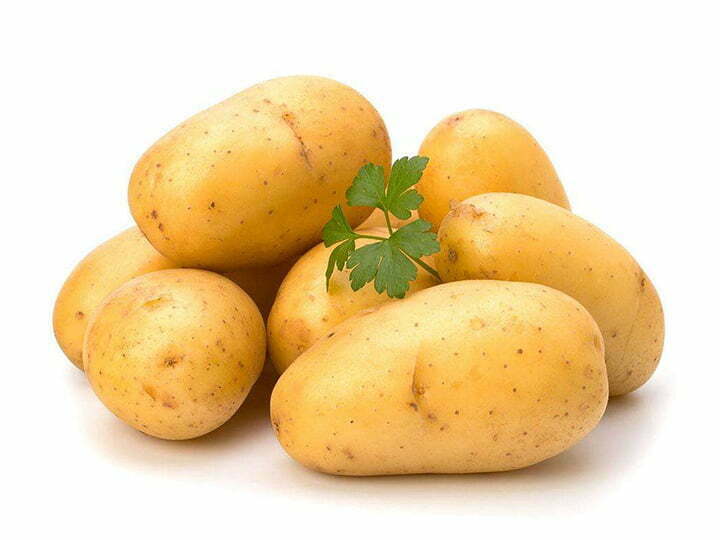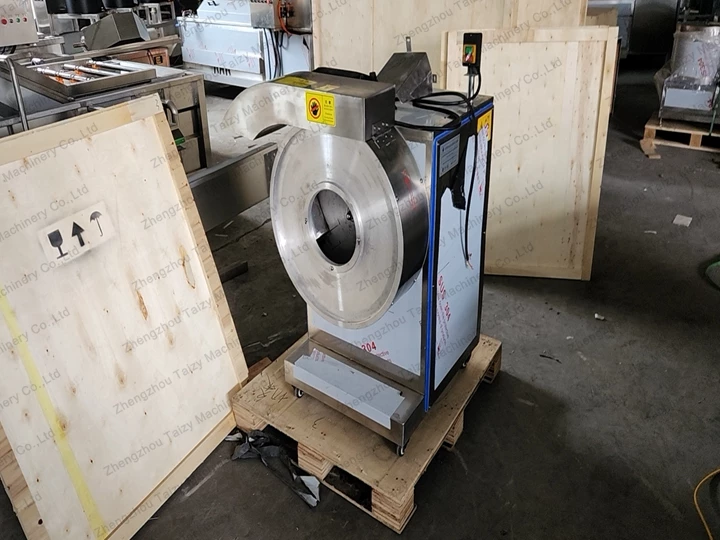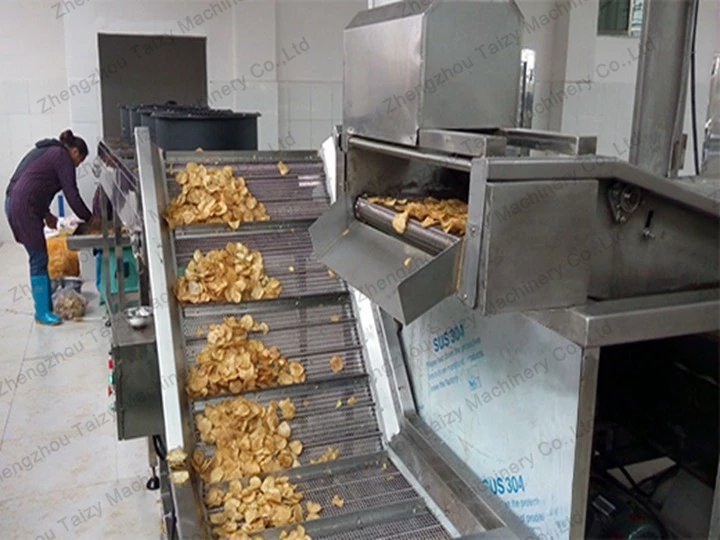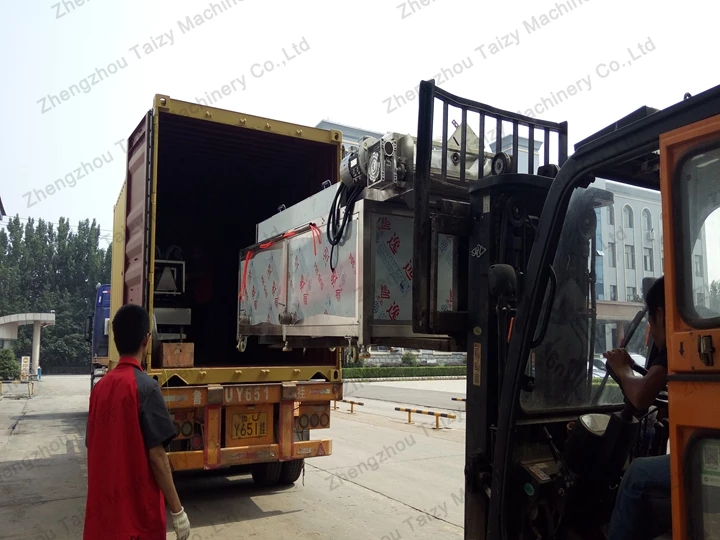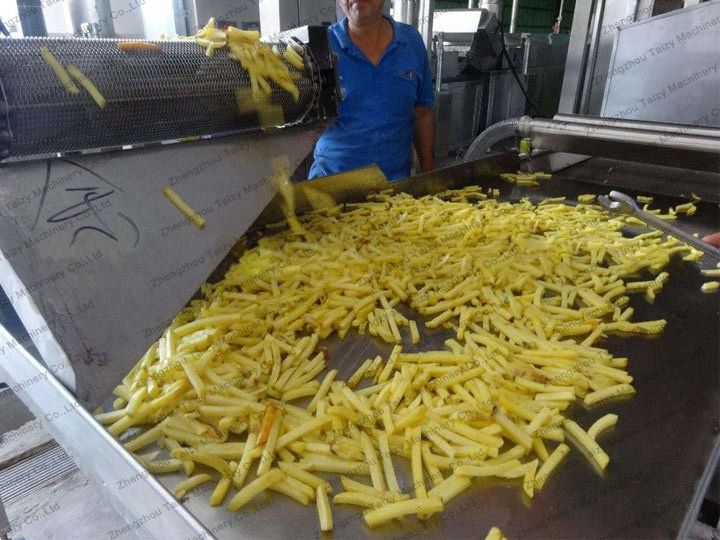Kentang memiliki nilai gizi dan nilai ekonomi yang baik, dan sangat penting dalam mesin pengolahan kentang goreng beku. Kentang dikenal sebagai tanaman pangan terbesar keempat di dunia setelah jagung, gandum, dan beras, serta makanan non-sereal terbesar. Kentang memiliki daya adaptasi yang kuat untuk tumbuh dan hasil panen yang tinggi, dan telah diakui serta dipromosikan secara luas oleh organisasi internasional seperti Organisasi Pangan dan Pertanian Perserikatan Bangsa-Bangsa (FAO). Kentang memainkan peran penting dalam memastikan ketahanan pangan global, merespons krisis kelaparan, dan mendorong pengentasan kemiskinan. Dengan kemajuan ilmu pengetahuan dan teknologi yang terus berlanjut serta perkembangan pesat produk inovatif, penggunaannya semakin meluas, dan rantai industri semakin panjang.
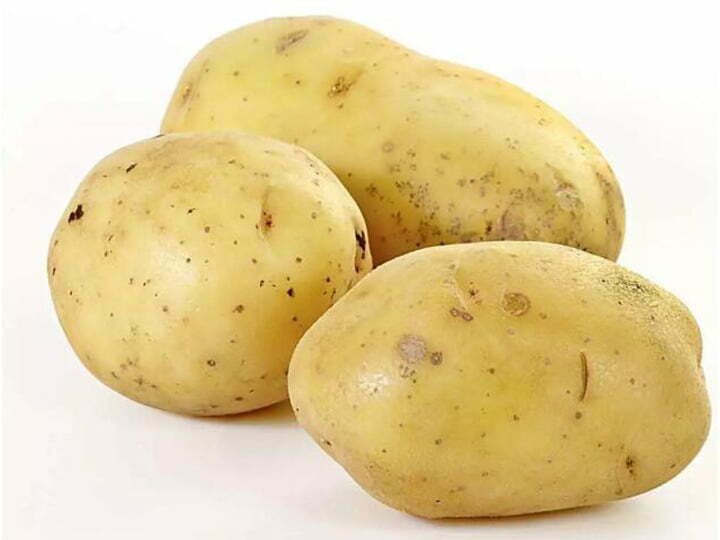
Produksi kentang global berkembang secara stabil
Dalam hal luas lahan tanam, sejak tahun 1980, luas lahan kentang global menunjukkan tren menurun dengan fluktuasi kecil. Luasnya turun ke lembah sebesar 17,6655 juta hektar pada tahun 1990, dan kemudian mulai menunjukkan tren meningkat. Pada tahun 2000, luas panen kentang mencapai puncak sebesar 208,6500 hektar. Kemudian terjadi tren penurunan dengan volatilitas. Secara keseluruhan, dari tahun 1980 hingga 2020, luas panen kentang global meningkat sebesar 1,20%, dengan kenaikan rata-rata tahunan sebesar 0,03%, dan perubahan keseluruhan tidak besar. Dalam hal hasil, berkat kemajuan berkelanjutan dalam teknologi pemuliaan dan budidaya kentang, terutama promosi besar-besaran teknologi budidaya kentang di negara berkembang, hasil kentang global terus meningkat. Oleh karena itu, produksi kentang global mempertahankan tren pertumbuhan pesat, itulah sebabnya banyak orang membeli mesin pengolahan kentang goreng beku untuk mendapatkan keuntungan. Dalam beberapa tahun terakhir, produksi kentang dunia terus mencapai level baru dan berulang kali mencetak rekor tertinggi.
